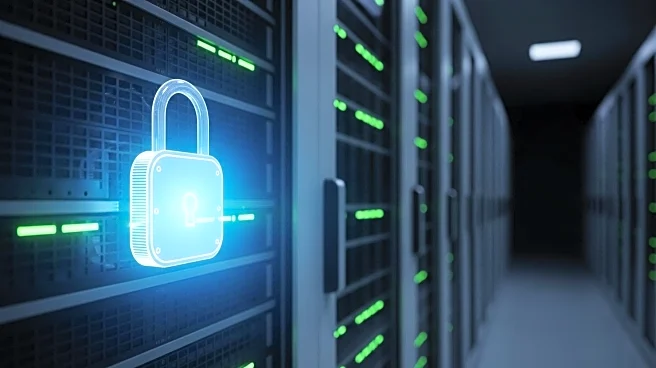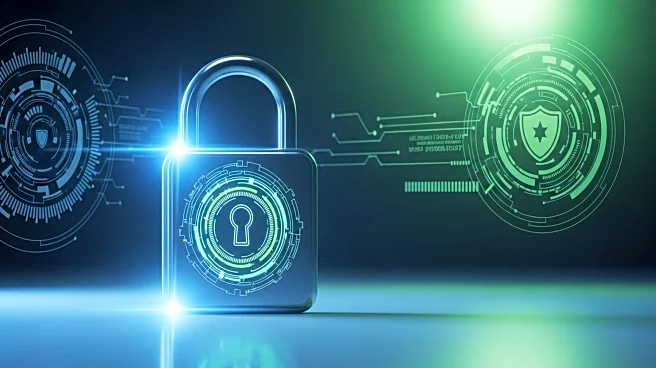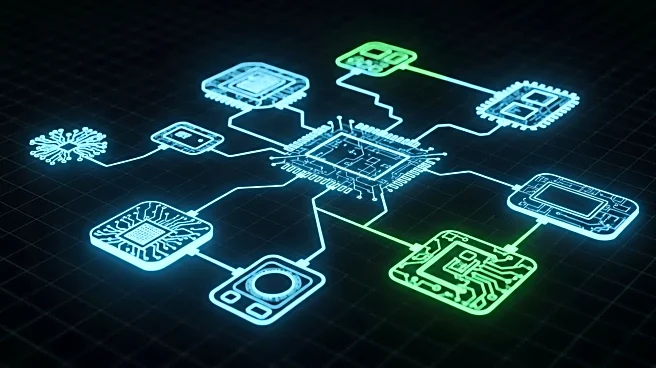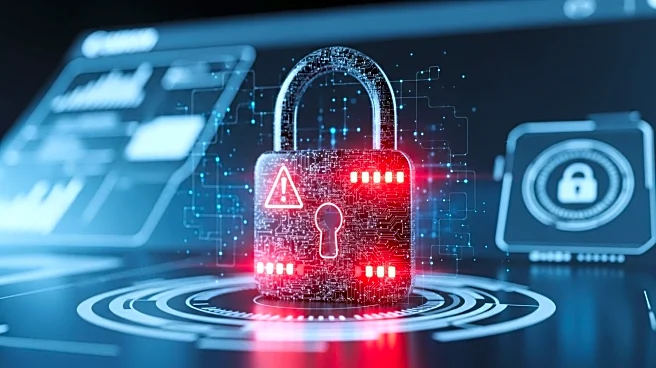What's Happening?
Flax Typhoon, a cyber threat actor, has exploited ArcGIS software to gain prolonged access to sensitive data. The attack involved scanning internal networks using various protocols such as SSH, HTTPS,
SMB, and RPC. The attackers uploaded a renamed SoftEther VPN executable into the Windows System32 directory, minimizing detection risks. This malicious software provided ongoing access and was stored in the victim's backups due to its extended presence on the ArcGIS server. Organizations using ArcGIS in networked environments are at risk, especially if their systems are exposed externally or connected to other enterprise data systems.
Why It's Important?
The exploitation of ArcGIS by Flax Typhoon highlights significant vulnerabilities in widely used mapping and logistics software. ArcGIS is crucial for public-sector planning, logistics, and infrastructure management, making the data it handles sensitive. The breach could lead to unauthorized access to network maps, population records, and infrastructure layouts, posing a threat to national security and public safety. Organizations using ArcGIS must reassess their cybersecurity measures to prevent data theft and ensure the integrity of their systems.
What's Next?
Organizations affected by this breach need to conduct thorough security audits and implement stronger access controls to mitigate risks. Cybersecurity experts may recommend regular updates and patches to ArcGIS software to close vulnerabilities. Additionally, there may be increased scrutiny and regulatory pressure on software providers to enhance security features and protect user data. Stakeholders in sectors relying heavily on ArcGIS, such as government agencies and logistics companies, will likely push for more robust cybersecurity protocols.
Beyond the Headlines
This incident underscores the growing sophistication of cyber threats and the need for comprehensive cybersecurity strategies. It raises ethical concerns about data privacy and the responsibility of software providers to safeguard user information. The breach could lead to long-term shifts in how organizations approach cybersecurity, emphasizing proactive measures and collaboration with cybersecurity firms to protect against evolving threats.











